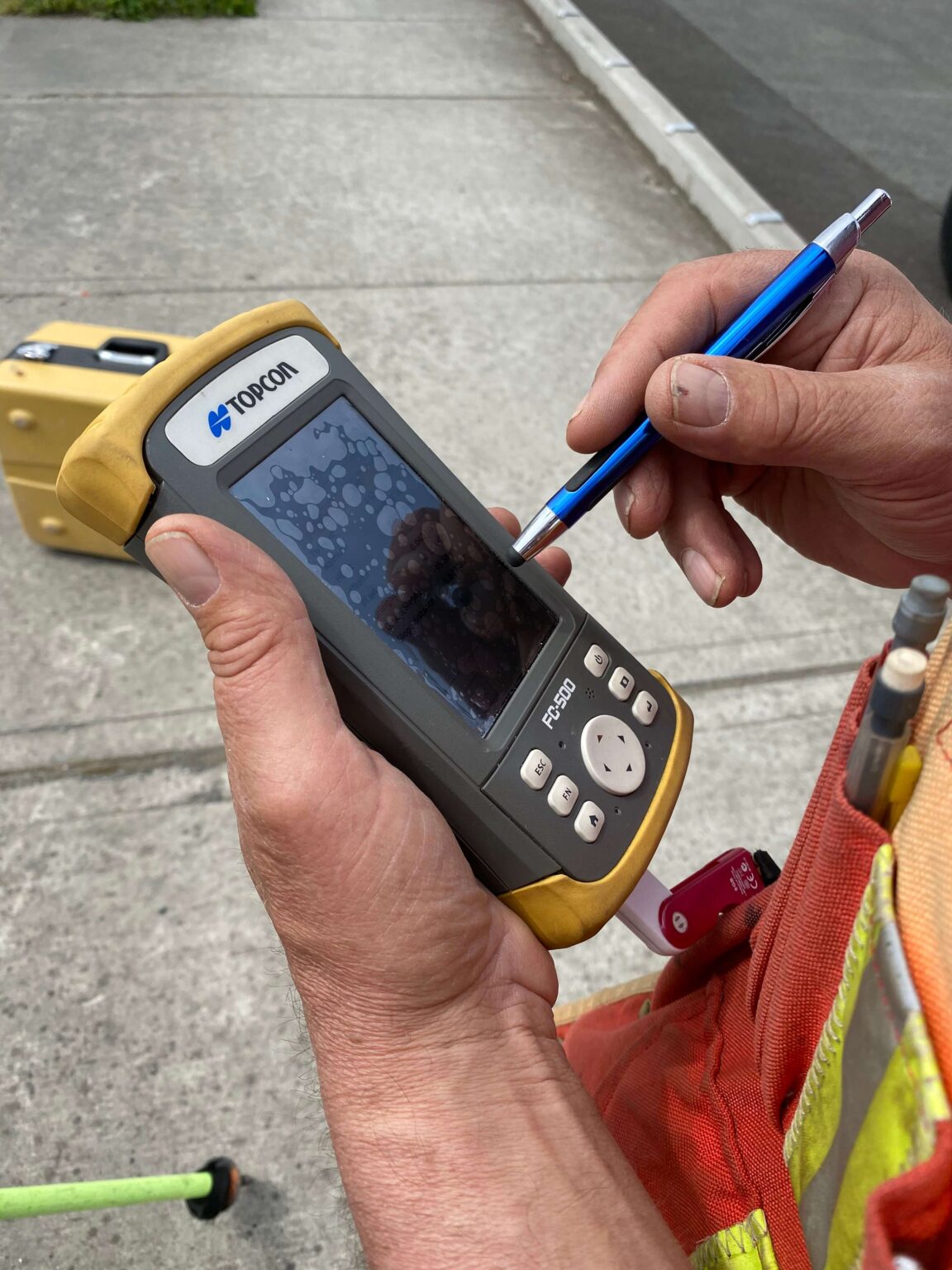reach us at 206.326.9912 or [email protected]
what is a legal description?
A legal description of a property survey is a way to accurately pinpoint where a particular parcel is located. They are typically based on existing township grids and use a combination of alphabetical abbreviations and numbers to locate points and boundaries.
Unlike a property address, the legal description is a totally unique identifier for properties. In order to be valid, it must close, meaning the lines describing the start and end must eventually meet. It must also be clearly defined. If there are two parcels of property with the same legal description, this is a potentially huge issue that will cloud the owners’ titles and possibly lead to litigation.

Settlement agents use the legal description to determine which property is to have the title conveyed from the seller to the buyer. Some of the problems agents might see include leaving part of the property behind or including too much property in the reconveyance because the deed and mortgage are recorded with an incorrect legal description. This could result in incredibly expensive title curative work in the future.
In order to avoid litigation, the best way to determine the accuracy and closure of a legal description and to confirm the boundaries of the property is to obtain a new land survey before closing. The description gives important instructions to the surveyor to follow in order to make this determination.
There are three main types of legal descriptions, each meant for unique situations. It’s important to understand the difference in order to make an informed decision.
Descriptions must identify the individual lot and block in which that lot is located as well as a reference to find the cited plat map in the public record.
Uses bearings and distances to measure the circumference of the property described in the legal description.
Describes a property by breaking down a section. Certified corner records are used to calculate measurements and figure out lot and distances.